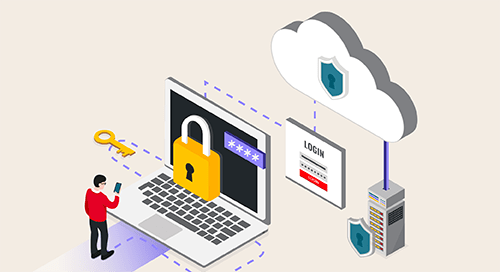Organizations may need to scale their online certificate status protocol (OCSP) architecture. It could be because:
- Their user base is growing
- They're expanding their operations
- They're dealing with seasonal spikes
- Compliance standards have evolved
While the list of reasons goes on, the sentiment is clear. Organizations need to be able to accommodate growing demand while maintaining performance.
So, how do you ensure your OCSP architecture is ready? Here are four ways:
01 Establish a distributed architecture
Organizations have the option to deploy OCSP responder servers in multiple locations. This distributed setup helps ensure geographic redundancy while minimizing latency.
Organizations can handle increased certificate validation requests with servers spread across various regions. At the same time, redundancy reduces server disruptions in the event of a failure or outage.
02 Leverage load balancers
If a single server becomes overloaded with requests, system performance can suffer. Load balancers help prevent this issue. Deploying load balancers allows an OCSP environment to distribute traffic intelligently.
Load balancers base these decisions on factors like server availability and current workloads. Optimizing resource use improves an OCSP infrastructure's scalability while ensuring responsiveness.
03 Enable horizontal scaling
As certificate validation requests grow, organizations may need to expand their capacity. They can do that by adding more OCSP responder servers. That's where horizontal scaling becomes essential.
Adding more responders and repeaters to help distribute the increased workload should be easy. Less reliance on individual servers supports fault tolerance and high availability.
04 Deploy caching mechanisms
Another way to reduce the load on OCSP responder servers is caching mechanisms. Caching involves the storage of frequent certificate status information.
This step minimizes repetitive queries to the certificate authority (CA) or OCSP responder servers. While reducing the OCSP infrastructure's workload, caching also improves a system's efficiency.
Need help deploying a scalable OCSP architecture?





